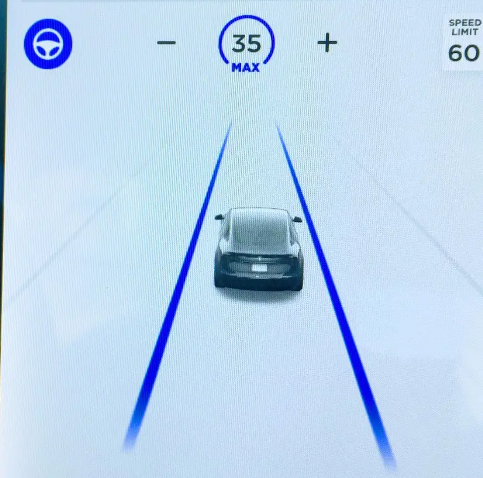January 21, 2023
The evolution from reactive to predictive programs.
by Thomas
Reactive programs respond to specific events or inputs and follow defined rules to make decisions. One fine example is Tesla's Autopilot which reacts to events around it; maintaining speed, centering within a lane, avoiding a vehicle swerving into, etc.
 A Tesla Model 3 driving with Basic Autopilot toggled on.
A Tesla Model 3 driving with Basic Autopilot toggled on.
Predictive programs, on the other hand, use past data and patterns to make predictions about future outcomes and make decisions based on those predictions. An example of this is the millions of miles of driving that Tesla's Full Self Driving model is trained on.
 A Tesla Model S with Full Self Driving toggled on. Full Self Driving is utilizing neural network technology to make predictions of lane behavior.
A Tesla Model S with Full Self Driving toggled on. Full Self Driving is utilizing neural network technology to make predictions of lane behavior.
Reactive programs have a more predictable behavior, while predictive programs are more probabilistic in their behavior.
Predictive programs are generally more adaptable than reactive programs. Predictive programs use machine learning algorithms that can learn from data and adapt to new situations. Machine learning algorithms, such as neural networks, can automatically identify useful features from raw data, and improve the accuracy of their predictions over time by training its model. This allows predictive programs to handle a much wider range of situations and to improve their performance over time. On the other hand, reactive programs rely on instructions that may not be able to handle new situations or changing conditions. They are less flexible and not able to adjust to new inputs and events without a developer updating it, hence they are less adaptable.
Reactive programs are less complex and don't require much maintenance as its code is set to accomplish specific tasks defined by the developer. Predictive programs need regular updates and maintenance to ensure that the underlying machine learning models remain accurate and up-to-date, monitoring the performance of the models, checking for errors, and debugging the issues.
This was a quick dive into how more reactive programs are turning to predictive natures. Tesla recently unveilved that they would be using neural networking to make more predictive decisions when it comes to controlling the vehicle in coming updates.
COMING SOON
No spam. Only significant launches of our clients! Exciting stuff.

We’re here to help
Schedule a 1-2-1 meeting with 2 clicks! Let's have a quick chat to see if Kahu Software is right for you.